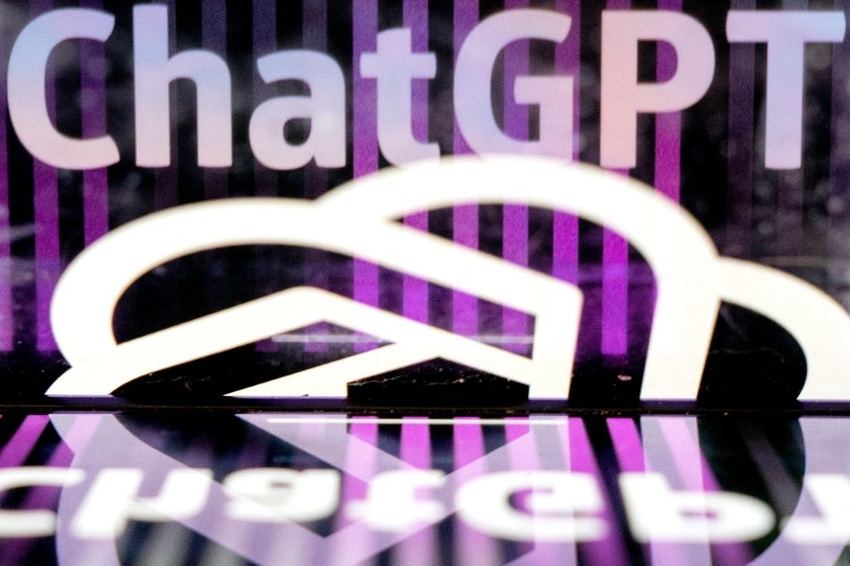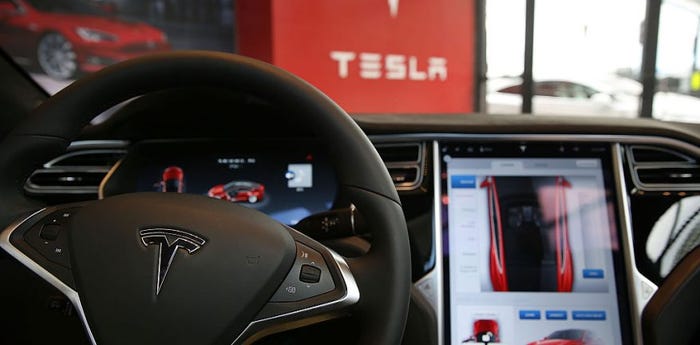Where ChatGPT Fits in the Internet of Things
While still in its early stages, the technology shows promise for the Internet of Things
July 6, 2023

ChatGPT’s debut last November – and the publicity it generated – has sparked a widespread interest in the generative AI technology it uses and its possible applications. The human-like text the sophisticated chatbot produces has had some worrying that a self-aware robot threatening humanity waits around the corner.
Luckily, the more fantastic fears of an approaching man vs. machine apocalypse, like the one portrayed in “The Terminator,” will not likely be brought to fruition by ChatGPT.
“ChatGPT is incredibly limited but good enough at some things to create a misleading impression of greatness,” tweeted Sam Altman, CEO of Open AI, the creator of ChatGPT. “It's a mistake to be relying on it for anything important right now.”
However, generative AI holds promise for the Internet of Things.
Software development is among the top use cases already in effect. The large-language models (LLM) the technology uses can be used to handle some of the more repetitive and tedious parts of code development. Generative AI can’t replace the developer, but it can make their work easier.
“There’s a lot of value in automating pretty mundane and simple processes, and let’s be honest, a lot of IoT applications are fairly basic things,” said Andy Brown, Omdia practice lead, IoT. “They’re still pretty basic on/off commands, simple input-output type things, and automating code around that, I can see some interesting use cases with generative AI making some of those processes simpler, provided it can be done in a sandboxed, ring-fenced kind of way via a private cloud or private environment.”
The natural-language processing used in generative AI holds promise for a host of human-IoT applications.
“One of the great things about generative AI is that it learns,” Brown said.
Future cars could learn a driver’s preferences for air conditioning, music or essentially anything the driver adjusts upon entering the vehicle. The same applies to the home, with smart lighting, thermostats, security cameras and appliances worthy candidates for generative-AI treatment.
The industrial and manufacturing sector is also ripe for applications. Generative AI has already been used in the design process, with engineers simply feeding specifications into a combined generative AI-CAD program, which designs the requested item on its own. Preventive maintenance on the factory floor is also cited as a use case.
Robotics has potential, too, although it could be years before a learning robot is seen walking around outside the lab, given the complexities of controlling movements in three-dimensional space.
Despite the promise of generative AI, the technology comes with a host of challenges and risks. It is computation intensive and carries a large carbon footprint, “just like bitcoin mining,” Brown said.
The technology lacks industry-wide standards to ease cross-platform integrations. “It’s a bit like the Wild West at the moment,” Brown said. The technology also can be inaccurate. In the case of code development, anything put out by generative AI must be checked by a human.
“At this point, there’s no guarantee it’s going to replace the views of experts or the ability of experts to develop applications and so on for IoT,” Brown said.
The risks of using generative AI in IoT are high. When used to develop code, for example, that code is essentially fed into the Open.ai model, creating a potential back door for security breaches. This risk would be unacceptable in highly regulated industries that deal with sensitive information like finance, energy/utilities and industrial/manufacturing, Brown said.
“With companies wrestling with combining [operational technology] and [information technology], you sure … don’t want to introduce more security risks into the environments that weren’t connected previously to the wider internet,” Brown said.
“AI is being used in drones and all sorts of systems to kill, so let’s put it bluntly, AI is the future of warfare,” Brown said. “While everyone can chuckle about Terminator, the fact is, AI has been built into these weapons systems and is a key component of weapons systems. That’s scary stuff.”
About the Author(s)
You May Also Like



.png?width=700&auto=webp&quality=80&disable=upscale)
.png?width=700&auto=webp&quality=80&disable=upscale)
.png?width=300&auto=webp&quality=80&disable=upscale)
.png?width=300&auto=webp&quality=80&disable=upscale)
.png?width=300&auto=webp&quality=80&disable=upscale)
